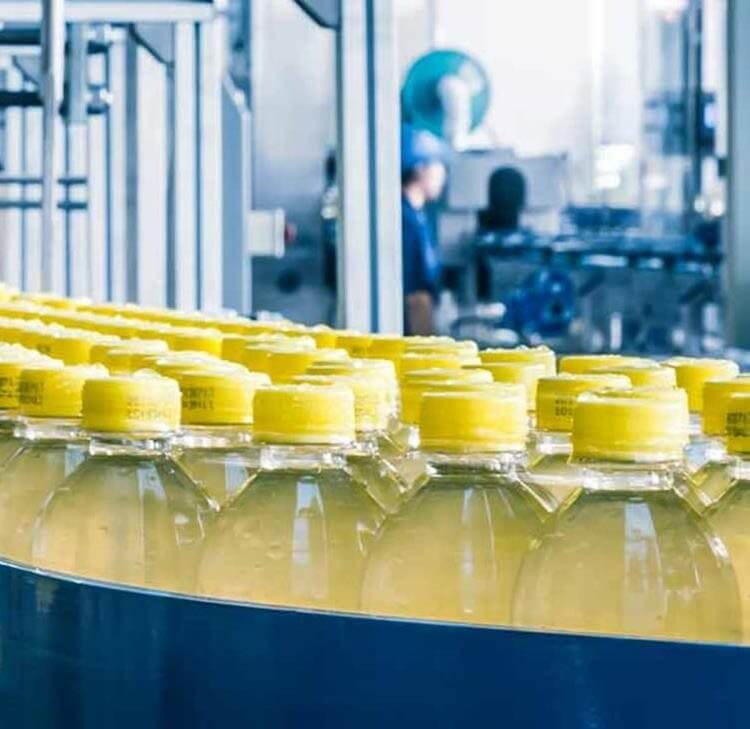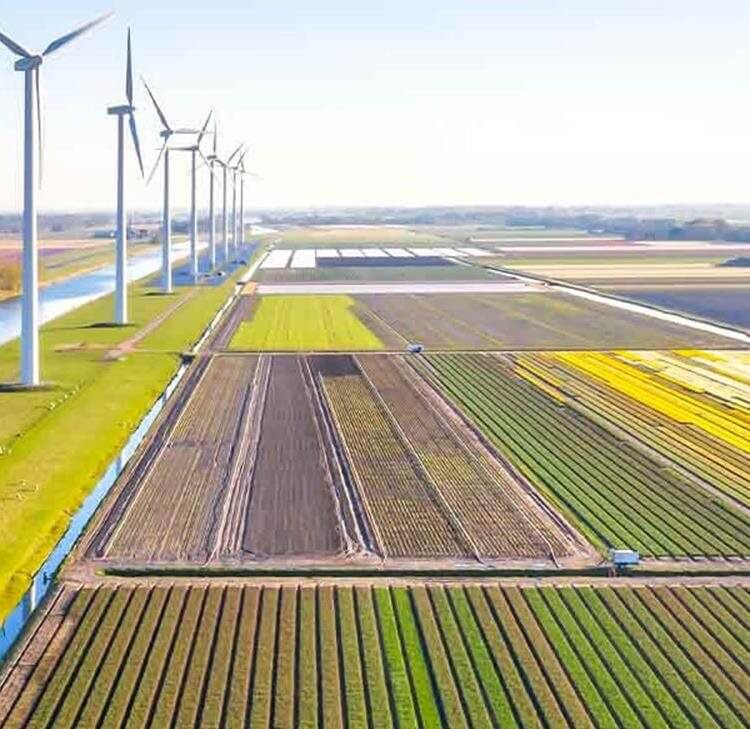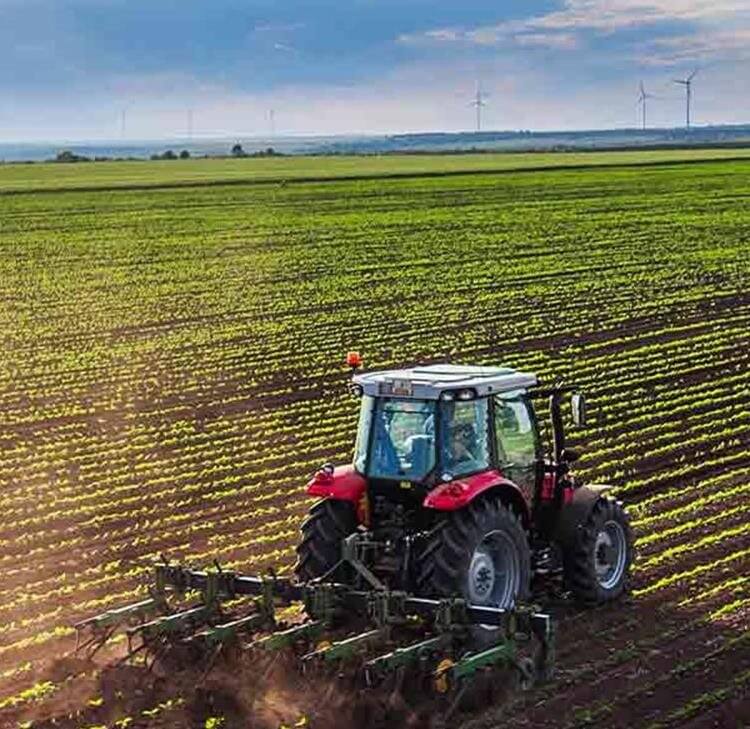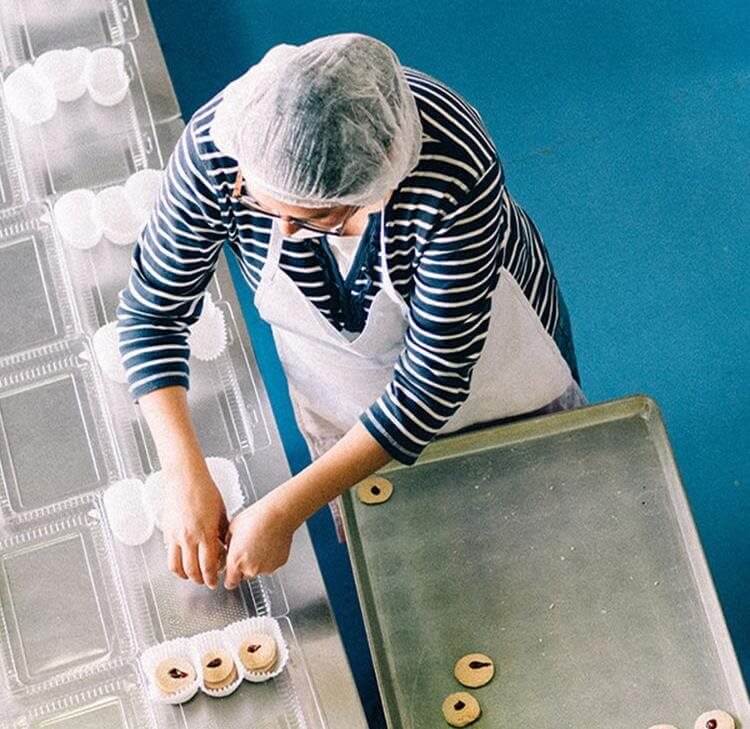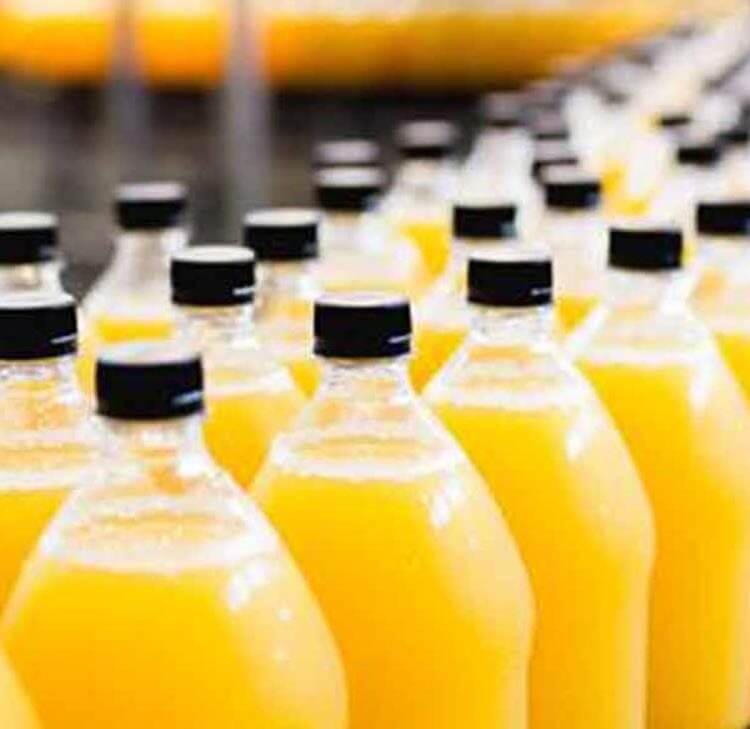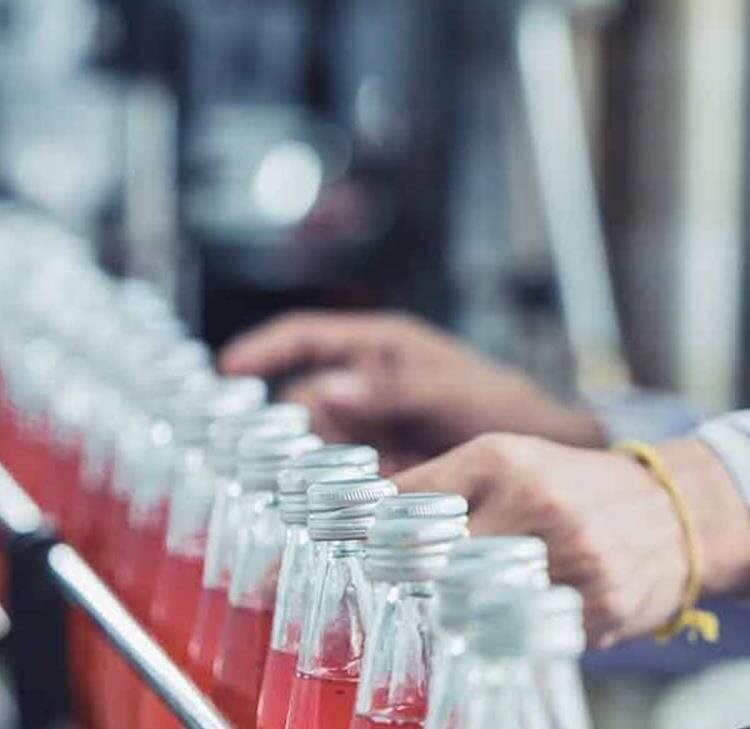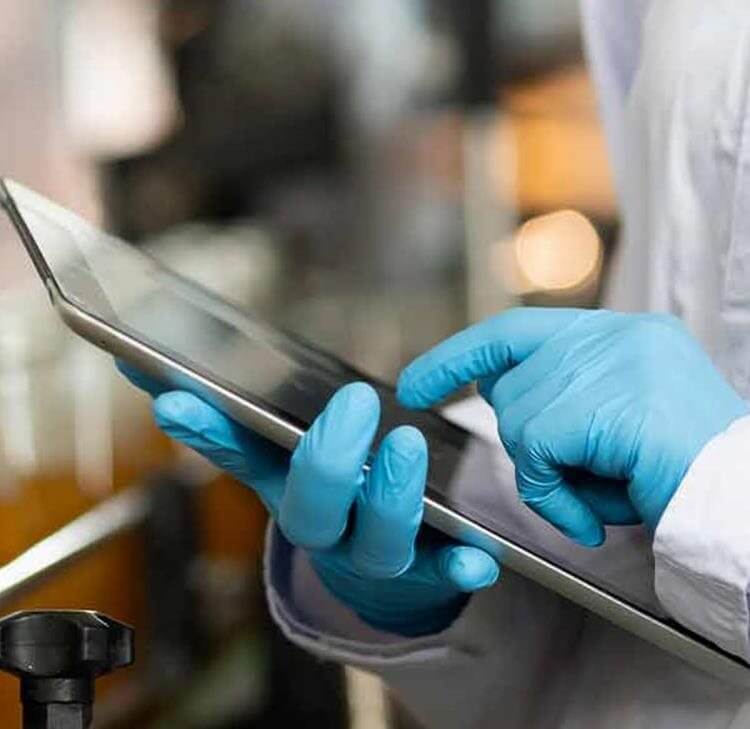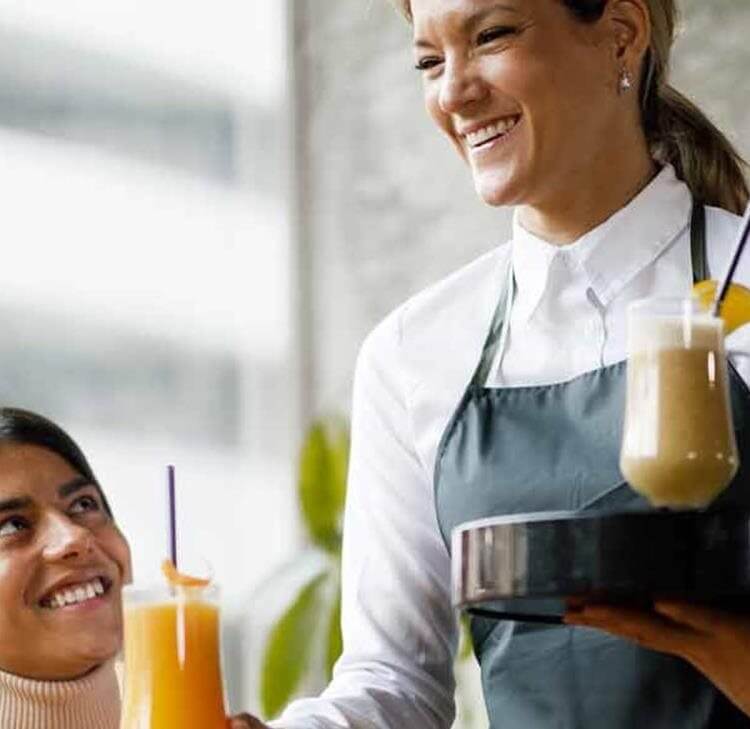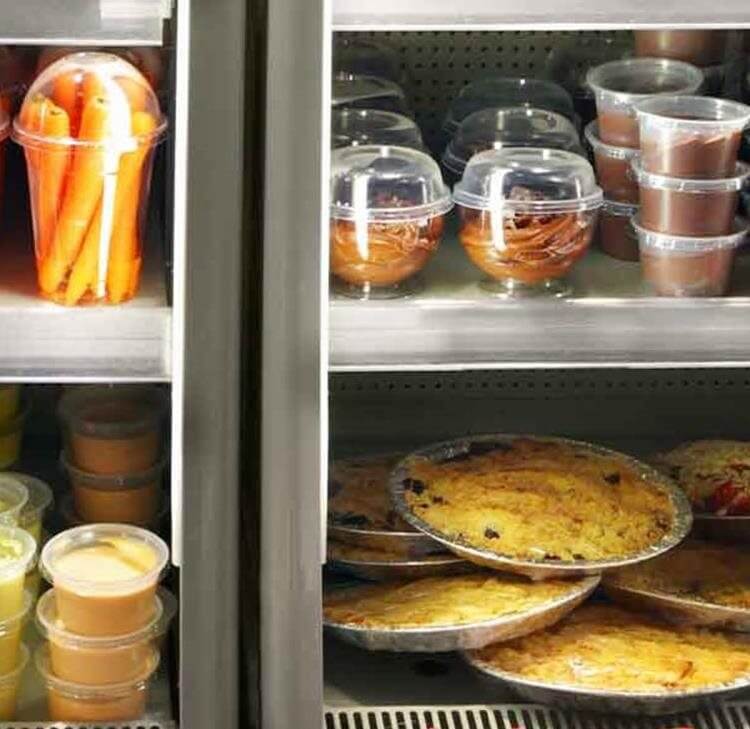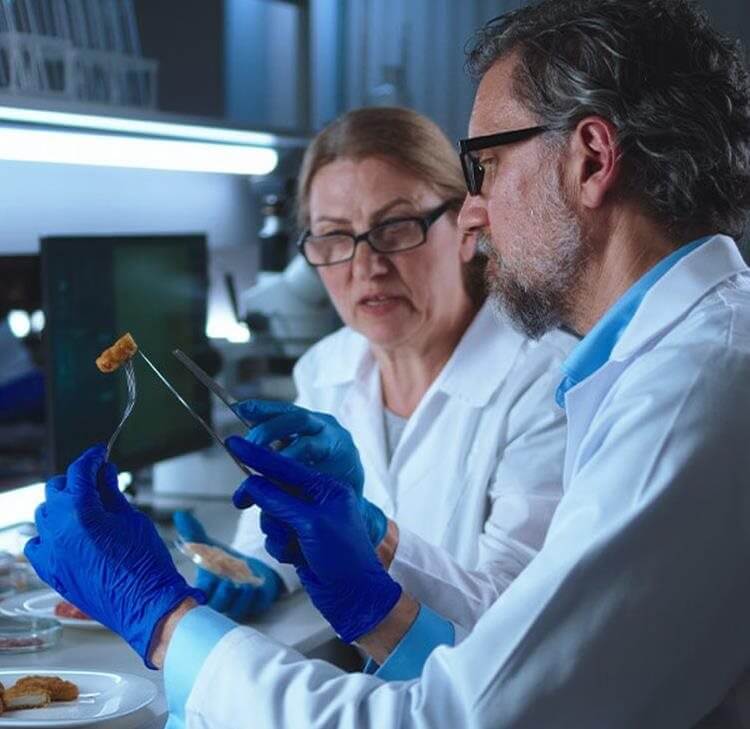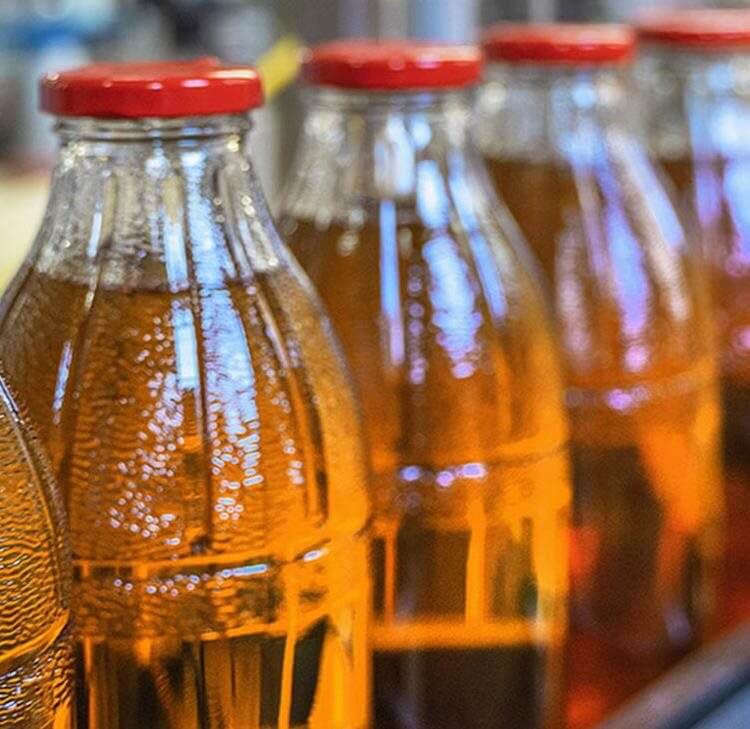There are a number of positives to take from the mergers and acquisitions (M&A) activity in the food and drink sector so far this year, not least that activity has reached an eight year high.
With 40 transactions being reported to have completed in Q1 (matching the results of Q4 in 2024), the industry is on its way to exceeding the 151 deal total seen in 2024. But with continuing economic and political volatility, let’s hope this momentum lasts.
What are the key drivers behind increased M&A?
Key drivers of the current success are a continued interest in the sector from private equity funds and a desire from trade buyers to strengthen their portfolios and optimise supply chain capabilities. Coupled with a number of distressed acquisitions and a focus on sub sectors such as alcoholic drinks and confectionery, 2025 continues to add to the year-on-year increase in M&A activity in the food and drink sector, with a 29% rise achieved in 2024.
Notable deals which have dominated the headlines are Muller’s £100m acquisition of kefir brand Biotiful, Unilever’s acquisition of personal care brand Wild and the merger between Greencore and Bakkavor which has reached agreed terms stage.
What is the likely impact of industry challenges?
1. Costs
The food and drink industry faces increased costs relating to importing packaging, ingredients and machinery as a result of the trade tariffs that President Trump has imposed in the US and threatens to reassess. This could lead to manufacturers reconsidering their M&A activity and focussing instead on cost-saving exercises but similarly could lead to further consolidation. To add to this, new regulations and weaker consumer demand have contributed to a lack of confidence in food and drink manufacturing which was -43% in Q1 2025, only a slight improvement on -47% in Q4 of 2024.
2. Inflation
The 3.4% rise in food and non-alcoholic drink inflation in April creates a further challenge. This and the cost associated with the impact of the trade tariffs are expected to result in food and drink manufacturers feeling the pinch significantly. It is anticipated that food and non-alcoholic drink inflation will average at 4.3% during 2025 and could even reach 4.8% by the end of the year. To avoid passing costs onto consumers, manufacturers are expected to absorb these costs, adding further to the pinch.
3. Trade
There are however positive prospects for the UK-EU trading relationship following the recent announcement that progress is being made. This comes with a warning from the Chief Executive of The Food and Drink Federation that the government needs to continue to engage with the industry to ensure that the UK is able to influence the EU’s decision making where this impacts British businesses and competitiveness. It is considered that this may create some stability for UK M&A activity.
Conclusion
Despite some suggestion that M&A activity in the food and drink sector faces uncertainty in the second half of 2025, with challenges posed by rising inflation figures and continued pressure from political decision making, the strong M&A figures for the sector in Q1 lend themselves to an optimistic outlook.
With a greater level of M&A activity in the sector compared to the previous year and the increasing potential for a closer trading relationship with Europe, we hope to see further M&A growth in the sector.















